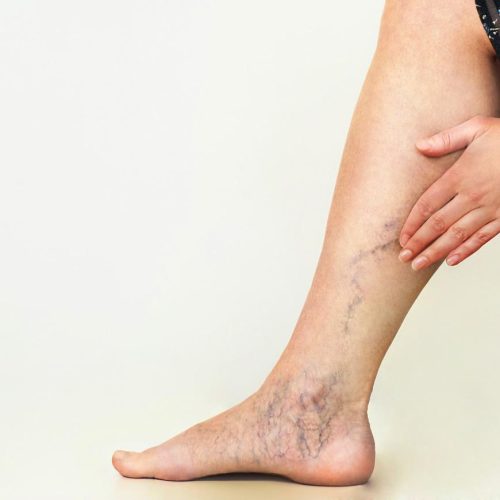Peripheral Vascular Disease



How Can It Be Diagnosed By Us?
We’ll ask you questions about your symptoms, and we’ll go over your medical history. After that, a physical examination will be performed by the vascular and interventional radiologist.
Tests may be suggested.
- Doppler Ultrasound: The severity of peripheral arterial disease can be diagnosed and assessed using a clear, non-invasive ultrasonography doppler.
- The Ankle-Brachial Index (ABI) is a measurement of the distance between the ankle and Another PAD screening test is the Ankle-Brachial Index (ABI). The test involves taking a blood pressure reading in the ankle and comparing it to the reading in the shoulder.
- Angiogram (CT/MR/DSA): An angiogram is a test that determines where plaque has built up in the arteries and what treatment options are available. A CT or MRI scan, or a catheter-directed angiography, which involves putting a small tube into an artery and injecting dye to see where the blockages are located, can be used to accomplish this.



Why Choose Us?
Dr. Amol Lahoti has more than 5 years of experience as a board-certified Interventional Radiologists with extensive training. In order to provide his patients with more comprehensive care alternatives, he follows the most recent universal recommendations. His mantra is “wish,” and he’s still working hard to give patients what they need.
FAQ's
PVD is a term that is commonly used to refer to Peripheral Arterial Disease (PAD), which is an artery disorder. It’s a long-term condition in which fatty deposits, calcium, or plaque accumulate in the walls of the arteries (Atherosclerosis). If left untreated, it can progress to arterial insufficiency, which means that blood flow through the arteries is restricted, resulting in complete blockage or the production of clots.
PVD is also known by the following terms:
- Legs with arterial insufficiency
- claudication
- claudication that comes and goes
In excellent health, peripheral arteries are steady and unencumbered, allowing blood to supply oxygen, glucose, and other nutrients to the legs freely. Plaque, a sticky compound made up of fat and cholesterol, accumulates in the peripheral arteries as we become older. This sticky substance narrows and stiffens the pathway within the arteries, further reducing blood flow to the organs and limbs. As plaque formation develops, clots might form, completely closing the artery. If left untreated, organ damage as well as the loss of fingers, toes, or limbs may occur.
Blood vessel narrowing in PVD patients can be caused by either arteriosclerosis (artery hardening) or blood vessel spasms. A minor blockage in a major leg muscle, such as the calf or thigh, might produce pain while walking that may go away with rest but come back with activity. movement or operation.
If you do any of the following, you’re more likely to acquire PVD:
- Get a heart condition
- Suffer from diabetes
- Cholesterol that is abnormally high
- Don’t get enough physical activity
- Smoking should be practiced
- Are over the age of 50
- Are you obese?
- Blood pressure is too high
- Get a heart condition
- Have a history of vascular issues in your family
